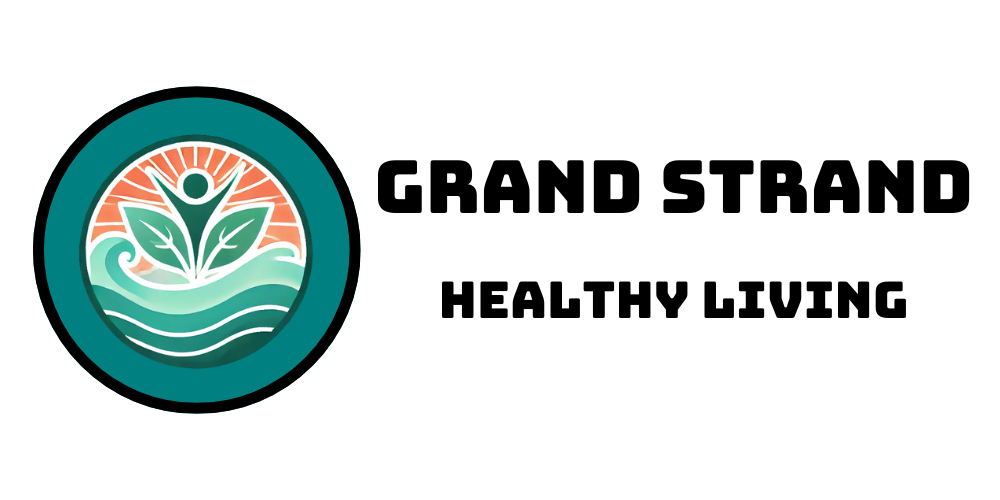
Understanding Hyperfixations and Their Impact on Daily Life
Hyperfixation is a term that has become increasingly recognized, particularly in discussions around neurodiversity, such as autism and ADHD. It refers to an intense and often overwhelming focus on a specific interest or task, sometimes to the detriment of other responsibilities or social interactions. For residents along the Grand Strand, knowing about hyperfixations is essential not just for those who may experience them, but also for friends, family, and communities that can support neurodiverse individuals.
The Bright Side: Advantages of Hyperfixation
For many individuals, hyperfixation can lead to incredible productivity and creativity. Engaging deeply with a subject can foster expertise, leading those involved to make significant contributions in fields like art, science, or technology. This intense focus can also offer a sense of fulfillment and personal development that is hard to quantify. In Grand Strand communities such as Myrtle Beach and Pawleys Island, local groups can help harness these strengths by creating clubs or activities around these interests, whether it’s crafting, coding, or even cooking.
Finding Balance: Challenges of Hyperfixation
However, hyperfixation can come with its fair share of challenges. It may often lead to neglecting everyday responsibilities and strained relationships, particularly in close friends or family environments. This can leave individuals feeling isolated or misunderstood. As we navigate living in vibrant communities like North Myrtle Beach and Garden City, it’s crucial to develop channels of communication that encourage understanding and support.
Positive Community Initiatives: Group Support Measures
In the Grand Strand area, various local organizations and church groups focus on fostering inclusive environments, helping to bridge the gap between those who experience hyperfixation and those who wish to support them. Initiatives might include regular support meetups or community workshops geared toward maintaining healthy lifestyles while allowing space for individual interests.
Collaborative Learning: Sharing Hyperfixations
One way to combat the isolation that can accompany hyperfixation is through collaborative learning. By organizing community workshops in places such as Murrells Inlet or Litchfield Beach, individuals can come together to share their specialized interests. For example, a group interested in gardening can meet to discuss techniques and plants, thereby turning personal interests into community projects that engage everyone.
Helpful Tips for Family and Friends
For those with friends or family members who may hyperfixate, understanding this aspect of their personality can strengthen relationships. Encourage them when they delve deep into their interests while gently reminding them about balance. Try incorporating activities together that allow for both engagement in their focused interests while respecting day-to-day responsibilities—like planning a day out in Cherry Grove, where everyone can share their hobbies.
Healthy Living: The Connection to Wellness
Finding connections between hyperfixation and a healthy lifestyle can create spaces for diverse interests to thrive. Whether through exercise at the beach, cooking nutritious meals, or introducing mindfulness activities at home, the overarching theme is to forge a path where one's passions can exist harmoniously within a broader psychological framework. Forward-thinking programs along the Atlantic Beach shoreline could help make these connections more tangible.
Conclusion: Embracing Neurodiversity Within Our Communities
As residents of the Grand Strand, it’s vital to embrace neurodiversity by fostering deeper understandings of terms like hyperfixation. By educating ourselves and offering robust support systems, individuals can enjoy fulfilling lives while feeling appreciated for their unique contributions. Knowledge is power, and spreading awareness allows us to cultivate inclusive spaces across our beautiful coastline—from Surfside Beach to Ocean Drive.
 Add Row
Add Row  Add
Add 





 Add Row
Add Row  Add
Add 
Write A Comment